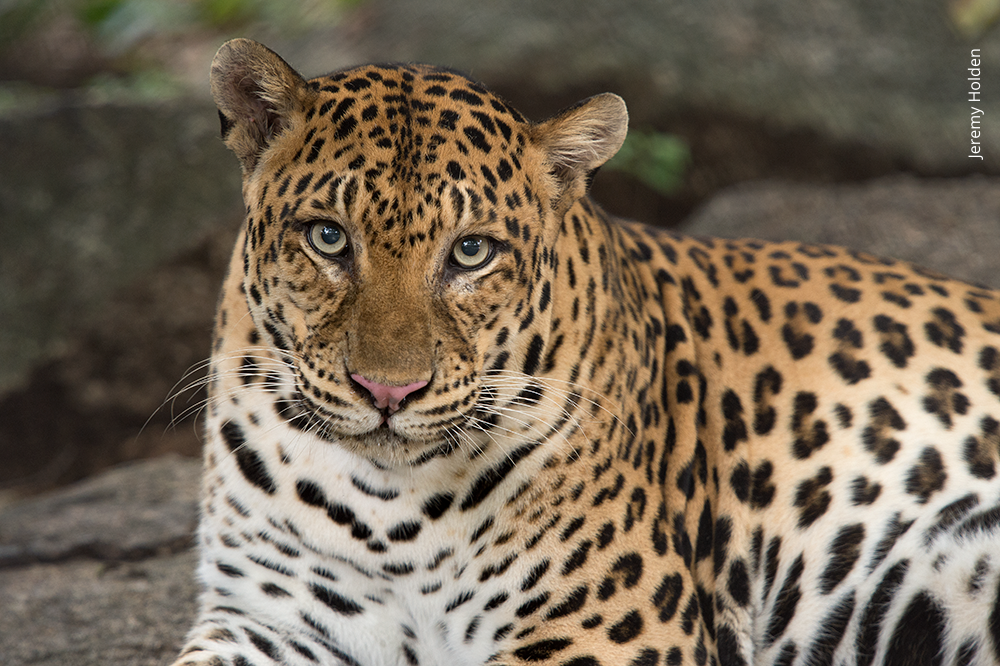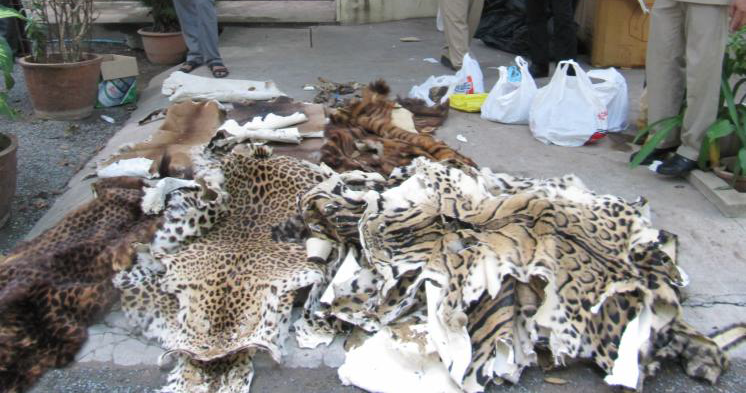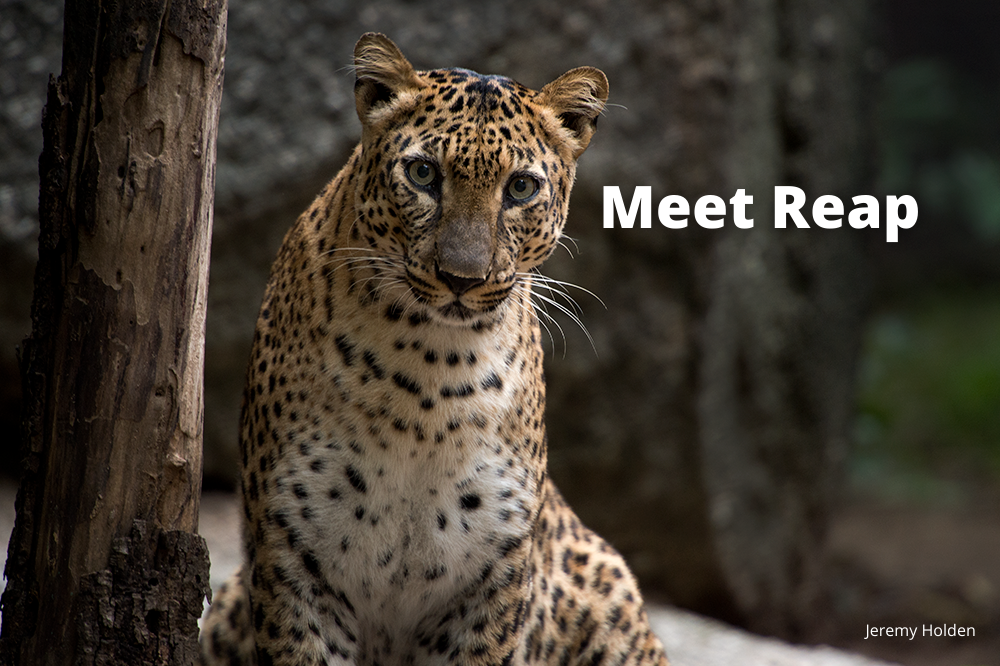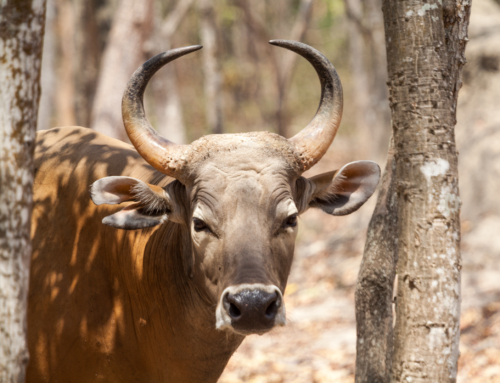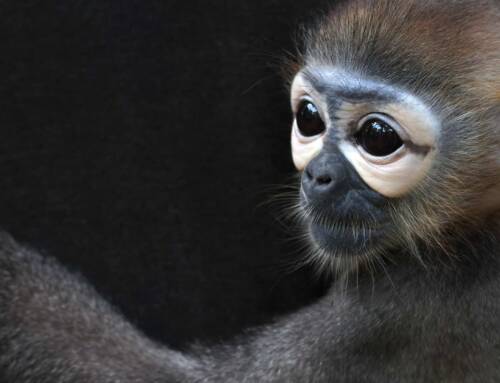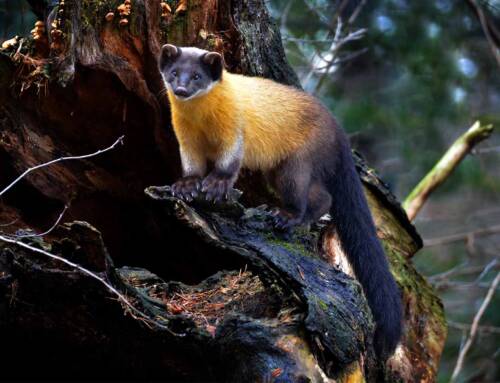Today is International Leopard Day 2021! These “spotted leopards” are found from Casablanca to Jakarta. But the big cats face big threats everywhere!
Leopards are globally Vulnerable [VU] according to the IUCN Red List, the world’s leading authority on threatened species.
Leopards on the brink
On average, leopards have been wiped out from nearly 75% of their range.
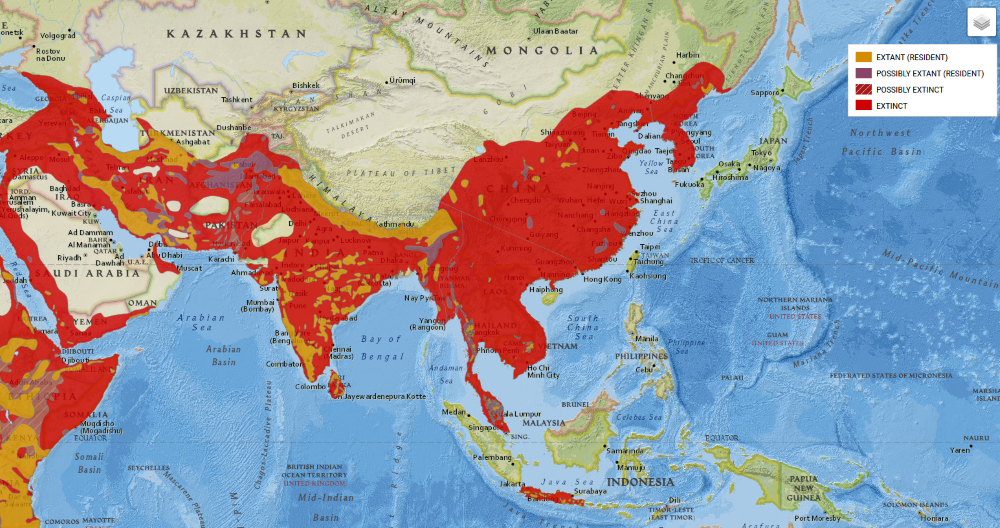
Leopard range map of Asia. Credit: Peter Gerngross 2019. Panthera pardus. The IUCN Red List of Threatened Species. Version 2021-1
Time is running out for leopards, so raising awareness is vital!
How to help Leopards
For researchers from Oxford University’s Wildlife Conservation Research Unit (WildCRU), pop culture could be the answer. After all, leopard print is hot in fashion and media. Internet searches found 2.9 million Instagram posts and 80,000 English-language news articles with the hashtag #leopardprint. So why not lean on the big cats’ popularity to secure a brighter future for leopards?
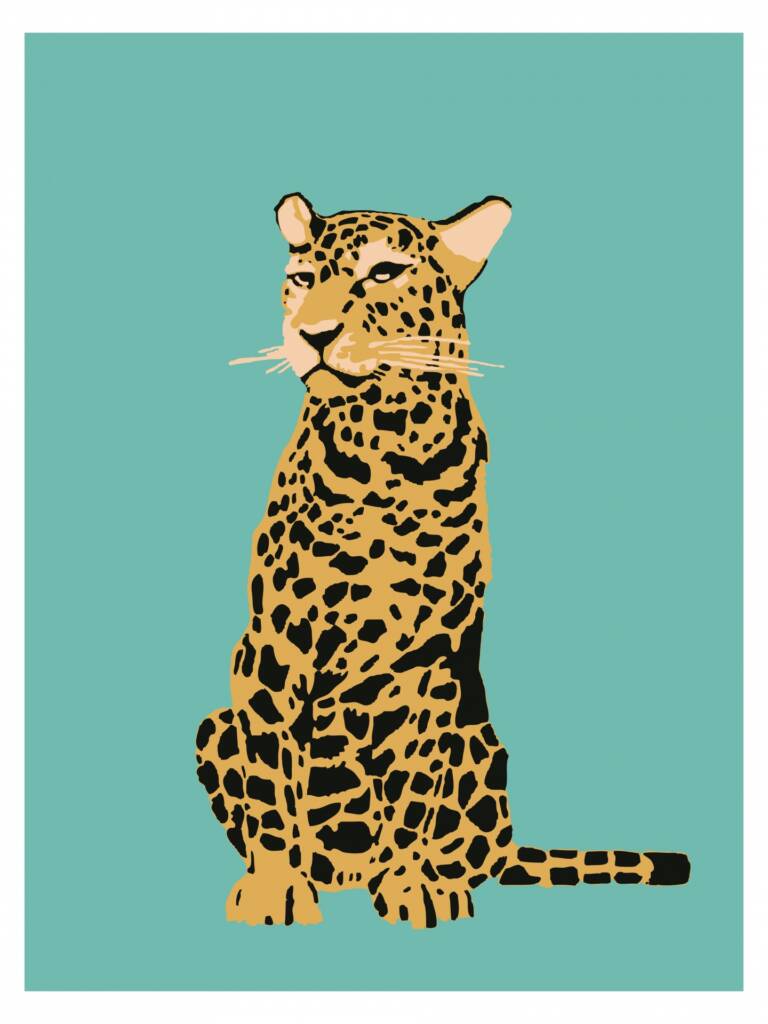
Leopards in popular culture
But Wildcru didn’t stop there. They had a bolder suggestion: make it pay! For every leopard print item sold, add a royalty to generate funding for conservation.
While such a royalty may be a long way off, there are other actions we can take here and now.
Show your spots for World Leopard Day!

Show your spots for World Leopard Day!
Do you have a leopard print shirt, dress or accessory in your wardrobe? Wear it this World Leopard Day! Leopard print turns heads, so turn those compliments into conversation starters with your family, friends and colleagues! The more people who participate, the greater the buzz about this incredible but endangered species!
Leopards in Cambodia
There are nine subspecies of leopard, of which Cambodia is home to one, the Asiatic or Indochinese leopard (Panthera pardus delacouri).
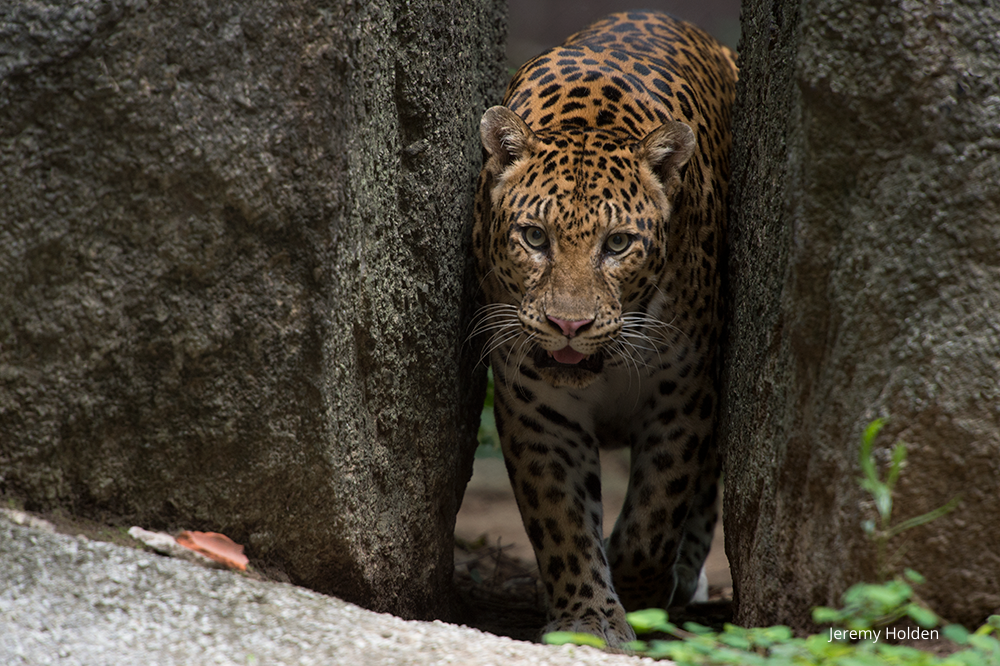
An Indochinese Leopard close up at Phnom Tamao Wildlife Rescue Centre
As elsewhere, Cambodia has a diminishing population of leopards. They live in a small corner of dry forest in northeastern Cambodia. Here, they fill the niche left by tigers, which were declared functionally extinct in 2016. The male leopards here are legendary for their hunting prowess. They have been known to take down banteng (Bos javanicus), enormous wild cattle many times greater than them. This makes these males unique: they form the only known leopard population whose primary adult prey weighed in at over 500 kg. Furthermore, the leopards play an important role in the forest ecosystem: researchers identified them as an important apex predator.
But Cambodia’s leopards have adapted and no longer need to compete with tigers for food, they are not out of the woods.
Like their counterparts elsewhere in Asia and Africa, leopards in Cambodia face habitat loss and conflict with humans when they prey on livestock. In addition to these threats, they may be directly persecuted. Leopards are hunted down for their skins, bones, teeth, and other parts, which are prized as as decorative items and ingredients in traditional medicine.
At Wildlife Alliance, we know this all too well. Back in 2014, a raid on a wildlife trafficker’s house led by the Wildlife Rapid Rescue Team found a large cache of big cat parts, including 6 clouded leopard paws, 19 clouded leopard skins and 3 leopard skins.
But aren’t leopards protected?
Yes, thankfully they are. In Cambodia, the Indochinese leopard is protected under Article 359 of the Joint Declaration on the Prevention of the Destruction of all types of Wildlife… (1994), and subsequently Articles 48-50 of the Forestry Law (2002) which classify Leopards as “rare.”
Fortunately, in the above case of big cat crime, one suspect was arrested and charged. They later paid a fine of $25,000.
How many leopards are left in Cambodia?
In short, not many. While exact numbers are hard to come by, estimates put the population at no more than 30 leopards. In the same year as the above bust of big cat parts, researchers from Oxford University’s Wildlife Conservation Research Unit (WildCRU), were conducting leopard surveys in Srepok Wildlife Sanctuary (SWS) in northeast Cambodia. Their findings were alarming. They found less than 1 leopard per 100km², 72% lower than an estimate from 2009 at the same site. Worse still, this was one of the lowest densities ever reported in Asia.
Leopards at Phnom Tamao
Meet Reap, our female leopard. The big cats are generally solitary, and today Reap lives alone at Phnom Tamao. But it wasn’t always this way – up to 2019 she shared an enclosure with her mate, Songha who passed away due to old age.
Reap’s story
Reap had a tough start in life. She grew up in desolate zoos across Cambodia before finding her way to Phnom Tamao.
Nowadays, she has a laidback lifestyle and is friendly cat.
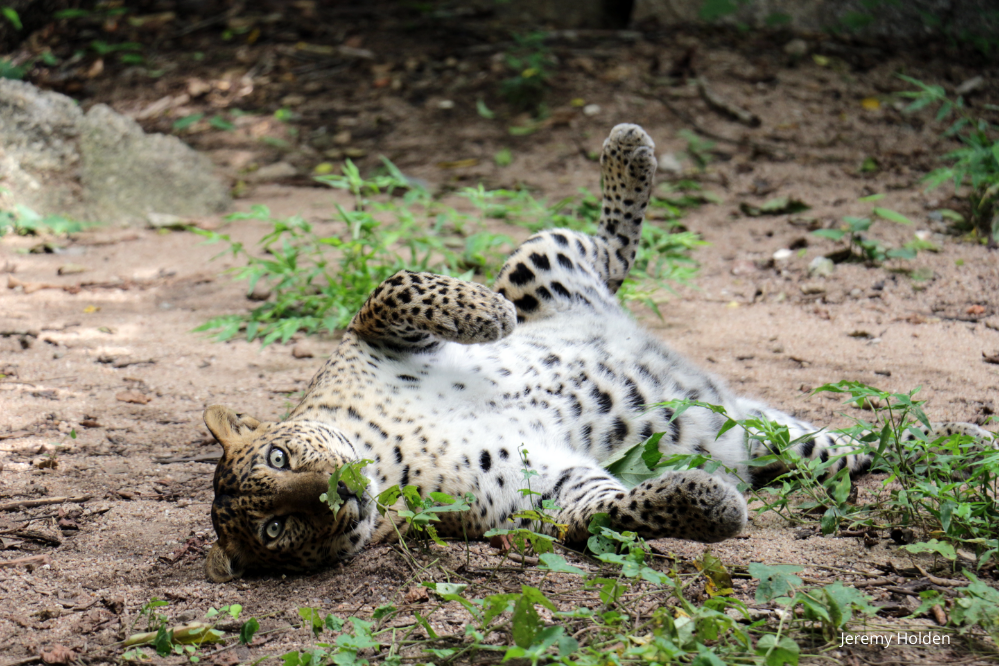
Reap loves a rub from familiar staff at Phnom Tamao!
Most days, she’s happy to get a rub from familiar staff! Now getting on in years, Reap remains incredibly playful. She loves the regular barrels, boxes, and balls which enrich her days!
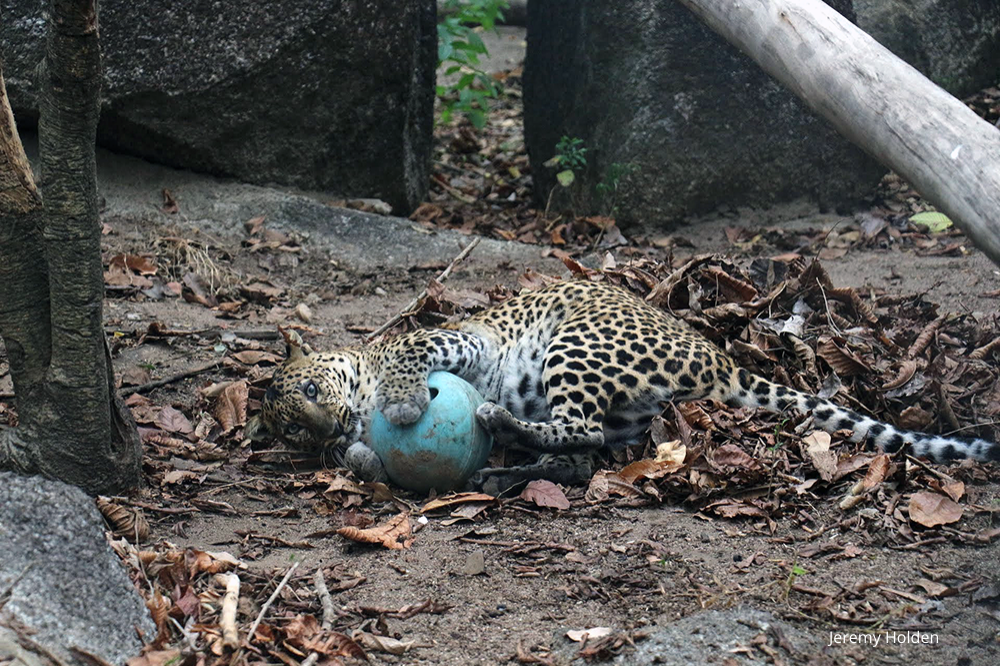
Reap Asiatic loves her ball !
3 ways you can support Reap
- Visit Reap on our exclusive behind-the-scenes tour of Phnom Tamao. The tour raises vital funds for Reap and other ambassador animals at the Centre!
2. Out of the country but still want to help? You can purchase a barrel for Reap, or feline vaccinations for our other cats through our virtual gift shop.
3. Follow our social media for updates on our lovely leopard!
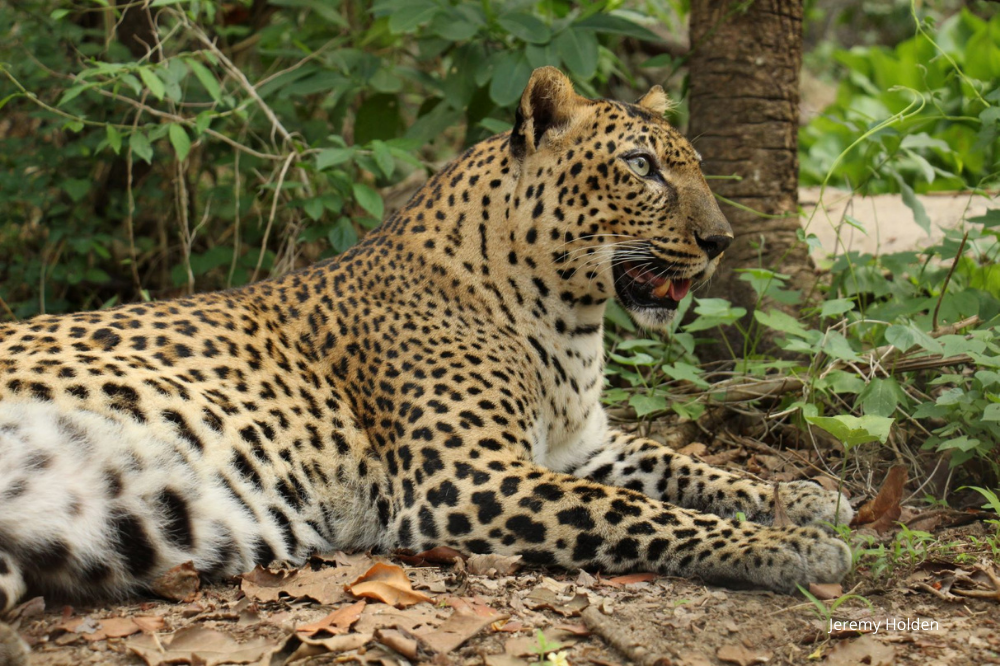
References
Rostro-García Susana, Kamler Jan F., Crouthers Rachel, Sopheak Keo, Prum Sovanna, In Visattha, Pin Chanratana, Caragiulo Anthony and Macdonald David W.2018 An adaptable but threatened big cat: density, diet and prey selection of the Indochinese leopard (Panthera pardus delacouri) in eastern CambodiaR. Soc. open sci.5171187171187
http://doi.org/10.1098/rsos.171187

